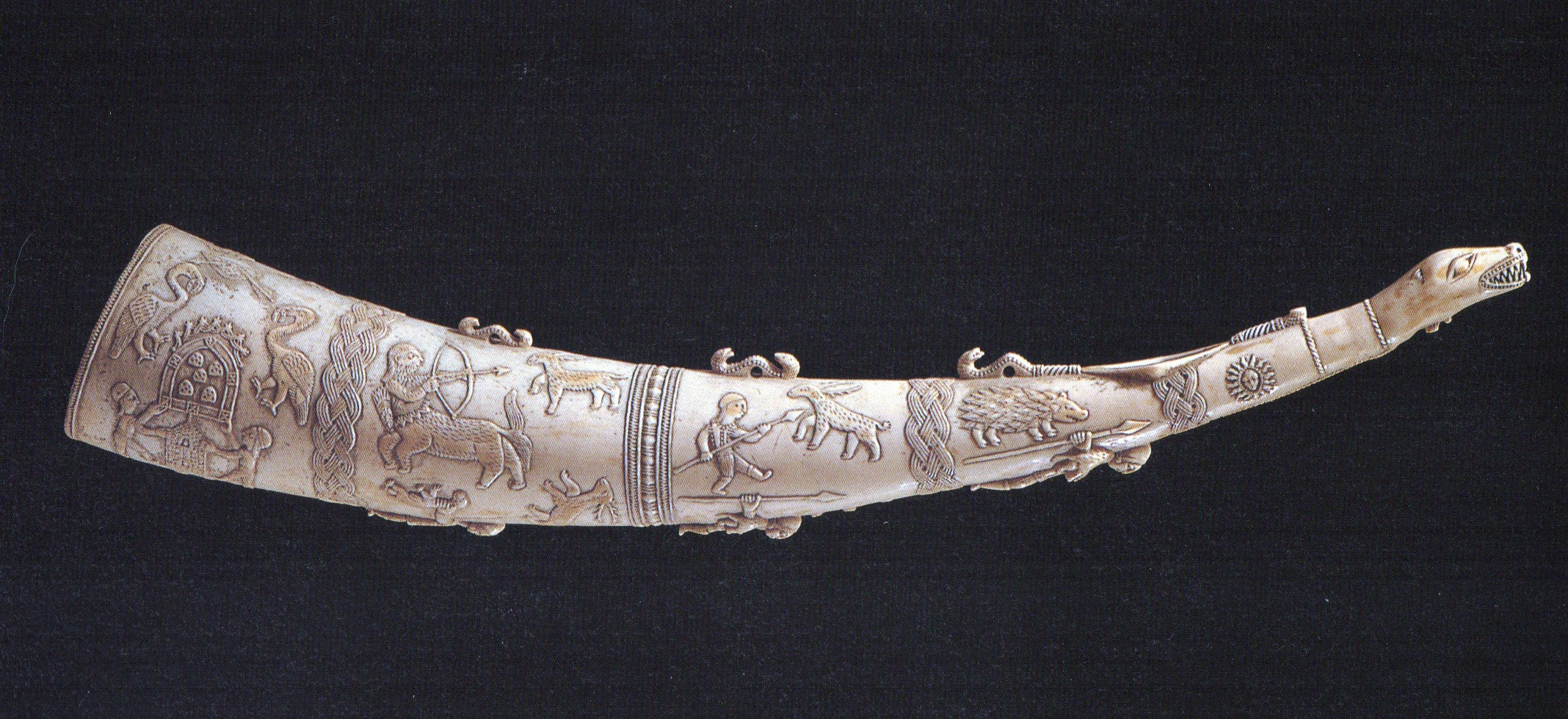Navigation auf uzh.ch
Navigation auf uzh.ch

This is the official UZH website of Specialized Master of Arts in Art History in a Global Context. For more information about the program and its activities please consult the platform globalcontext.net.
The rapid transformation of our societies and economies through the process of globalization has an impact on our scientific, educational, and cultural institutions. The increasing worldwide exchange and mobility of people, goods, and information draws attention to the inter-relational dimension of art. And yet, the global entanglement of art is not only a phenomenon of the most recent art. Correspondingly, new methodologies and fields of expertise arise in art history, such as postcolonial and art geographical approaches. A global perspective underscores the need to address new questions in respect to past and contemporary art in order to revise the identity of art history and to ensure its relevance for the future. What is art history in a global context? What are the main issues and challenges of a globalized art history? How do global perspectives influence art historical practices and institutions, such as curating and conservation, museums and art markets? How can we operate beyond the traditional judgments of value, such as high and low, center and periphery? How can we integrate the diversity of related local aesthetic practices and discourses?
In the case of their cultural and historical remoteness, artistic objects can be hermeneutically challenging. They are integral part of specific “art worlds” or cultural contexts, which require suitable methods of analysis, such as art technology, economic history, or iconography. A global perspective onto art history involves fundamental issues of our discipline, such as the historical dimension of the notion of the Fine Arts, a concept arising in 18th-century Europe. Global or transcultural art history benefits from interdisciplinary exchanges with anthropology, ethnography, visual and material studies. Do we need new “critical terms for art history” (Robert S. Nelson/Richard Shiff), such as the “intercultural object” (Arjun Appadurai) or “agency” (Alfred Gell)? Studying non-western objects may help in re-thinking the parameters of western canon and lead, for instance, to the decolonization of Cubism. Not least, the digital humanities, mostly supported by western institutions, have a strong impact upon the canon of texts and works of art disseminated worldwide through networks and databases.
Until the mid-20th century, in the West, the discipline of art history has often concurred with national historiographies. Far from signifying the “post-national” or “post-ideological”, global art discourse, especially in emerging countries, manifests new forms of political use and abuse. A global perspective probes traditional forms of knowledge production as well as its political, social, and economic framework and preconditions. This may entail alternative research and teaching methods, such as artistic research or oral history and alternative narratives for the history of art, both in form and content. A global art history assumes a multiplicity of (art) histories. It fosters the rethinking of Western temporal and territorial dimensions based on the style and territory, and to question, for instance, the opposition of “tradition” and “modernity” and analyze terms such as “translation”, “appropriation”, and “evolution”, but also the notion of the “global” itself. In this respect, the history of the discipline and the analysis of its terminology are crucial.
Locality and spaces in which people, artworks, and ideas interact, pose vital questions (Irit Rogoff). A global contextualization invites to consider the changing materiality as well as the shifting meaning of objects. This perspective allows focusing on phenomena of transmission, translation, circulation, and exchange and on the life of objects and their itineraries across time or space. It also underlines the importance of processes of de-territorialization, appropriation, and reparation. It examines the national, ethnic, and cultural identities of artists and artworks (Thomas DaCosta Kaufmann) and opens views onto the issues of hybridity or “in-betweenness” (Homi Bhabha).
Since the exhibition "Les Magiciens de la terre" (Paris 1989), more attention has been given to cross-cultural curating. However, curating “global art”, especially at international Biennales, raises questions about the strategic market value of “otherness” and “glocality” and the ideological and political assumptions inherent in a universalistic “world art history”. In relation to the “exhibitionary complex” (Tony Bennett), it is important to analyze the mode of appearance of art and the way it is framed. Are there different display strategies and cultures for western and non-western art? Is the format of global exhibitions a universal form, or rather a genuinely western invention? The analysis of exhibitions will not only shed light on the global politics of institutions and their mechanisms of inclusion and exclusion, but may also help in determining the notions of a global art system.

The Master's program covers a period of two years, during which 90 ECTS credits must be acquired, out of which 30 ECTS credits are achieved through the Master's thesis. The program is structured around two main module groups: "Theories" and "Spaces" of global art history. A minimum of 18 ECTS credits is to be achieved in each of the two groups. At least 3 ECTS credits need to be acquired from extracurricular modules, such as language courses. Further 18 ECTS credits can be chosen freely from within the program. ECTS credits are awarded for passing examinations or presenting oral and written papers in the different modules (including required, core elective, and optional modules).
Minor: Art History in a Global Context is a Major (90 ECTS credits) and can be combined with any Minor (30 ECTS credits) of the UZH. This includes other art historical programs – History of Art and East Asian Art History – or interdisciplinary combinations with the programs in Cultural Analysis, Eastern European History, Film Studies, Gender Studies, Islamic Studies, Philosophy, Sociology, and many more.
Degree: Master of Arts UZH in Art History in a Global Context
Language of instruction: English
Admission requirements consist in an above-average bachelordegree in Art History (i.e. min. 5.0 in the Swiss grading system or foreign equivalent), a letter of motivation, and an oral interview. Admission may also be possible with a non-art historical Bachelor’s degree, provided that 60 ECTS credits have been acquired in fundamental aspects of art history. In case that less than 60 ECTS credits have been acquired in art history, candidates can be accepted on the basis of their application documents and an interview, on the condition that they earn the missing ECTS credits during their Master’s studies. All candidates are interviewed prior to admission.
(Please note the special application conditions in case of mobility or visa requirements below)
Application deadlines at the University of Zurich
Tuition fees at the University of Zurich
Candidates coming from the University of Zurich can apply directly through the UZH Application Portal. Please note the application periods for changing study program or moving straight from a Bachelor’s to a Master's program within the University of Zurich:
Changing Degree and/or Study Program at the University of Zurich